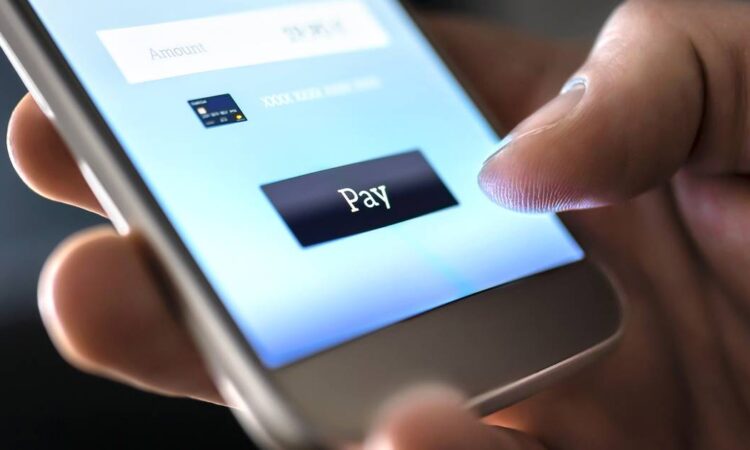
Banks say the move towards online and contactless banking has gathered pace, with more than €50 million in contactless transactions occurring daily and the vast majority of Irish people above age 16 now banking on the internet.
It comes as the European Commission on Wednesday announced plans to ensure that citizens and businesses across the euro zone can continue to access and pay with euro banknotes and coins as well as giving legal backing to a digital euro to inject more competition into the payments sector.
The data from the Banking and Payments Federation of Ireland (BPFI) suggest the volume of contactless payments rose by 17.6 per cent to 268.7 million in the first quarter of the year when compared with the previous 12 months.

What are the key challenges when attracting new investment here?
As many as three million contactless transactions are now taking place every day, according to the latest Payments Monitor from the BPFI.
The report also shows that online and mobile banking payment volumes grew by 6.2 per cent year-on-year to 36.4 million, the second-highest quarterly volume in the last quarter of 2022.
“Today’s report shows the continued shift by consumers towards contactless payments with volumes surging by nearly 18 per cent,” said Gillian Byrne, head of payments at the umbrella group for the financial sector.
However, the European Commission said that even as an increasing number of people are choosing to pay digitally, 60 per cent of consumers surveyed would like to continue to have the option to use cash.
As a result, it has proposed new legislation to ensure ready access to cash across the euro zone and its continuing acceptance as legal tender for payment.
“The proposal will ensure that everyone in the euro area is free to choose their preferred payment method and has access to basic cash services. It will ensure the financial inclusion of vulnerable groups who tend to rely more on cash payments, such as older people,” said the commission.
Internet banking penetration
The commission will also legislate to establish a legal framework for a possible digital euro “as a complement to euro banknotes and coins”.
Ms Byrne said Eurostat data showed that the Republic had the fourth highest internet banking penetration in the EU in 2022 after Finland, Denmark and the Netherlands.
She said fresh research suggests that 86.3 per cent of people aged 16 or over had used internet banking and added that “this again highlights consumers’ continued preference for digital banking”.
The BPFI said the value of contactless payments was up 22 per cent this year to almost €4.6 billion or €51 million per day. “The average payment value reached €17.05, up from €16.40 a year earlier,” said Ms Byrne.
“Interestingly, we can also see that the growth in contactless payments continued to outpace total card-payment growth, which rose by 10.6 per cent year-on-year to €463.4 million, according to the Central Bank of Ireland.”
She noted that when the focus was put on online and mobile banking payments during the same period, “we have seen an increase of 6.2 per cent year on year to €36.4 million, the second highest quarterly volume after quarter four 2022 since that data series began”.





